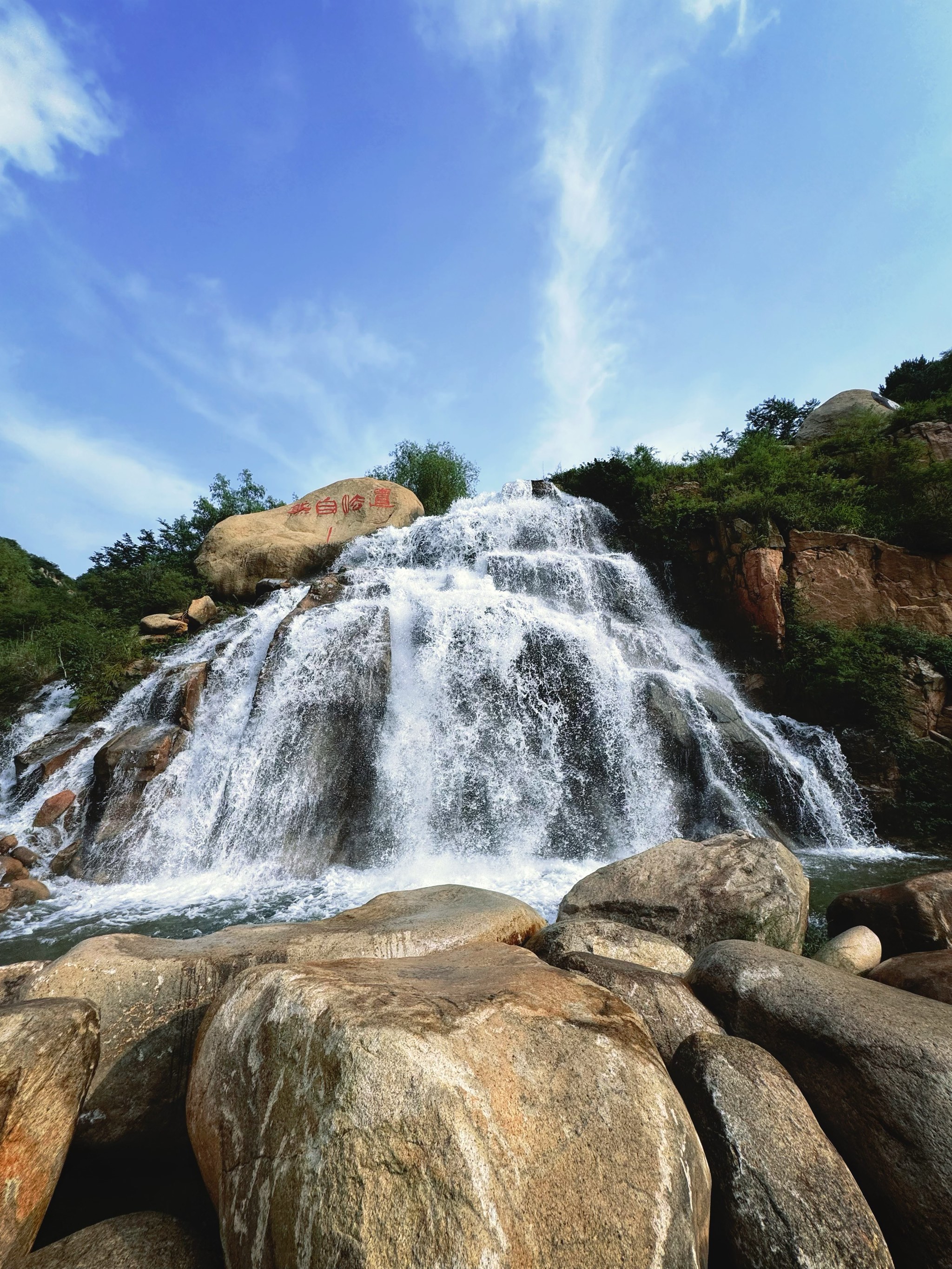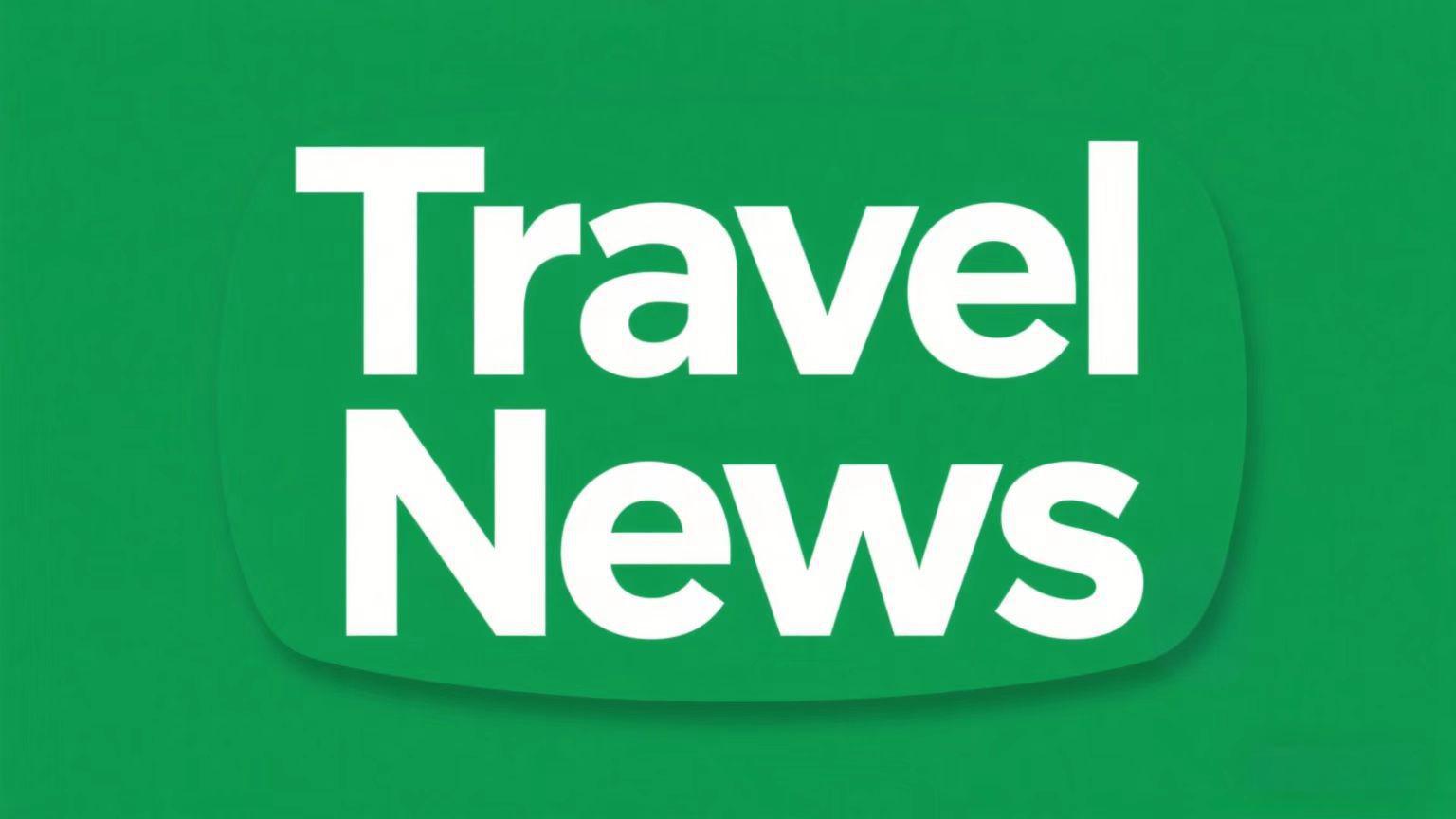Are you dreaming of an unforgettable journey across the United States? The sheer size and diversity of the country can make planning your American adventure feel overwhelming. From the thunderous roar of a canyon river to the serene silence of a desert at dawn, the famous tourist spots in the USA offer a tapestry of experiences that cater to every type of traveler. This guide is designed to be your comprehensive roadmap, helping you navigate the nation's most iconic landmarks and hidden gems. We'll explore the must-see destinations, provide practical travel tips, and help you craft an itinerary that turns your dream vacation into a reality.
Let's begin our cross-country tour, starting with the powerful landscapes of the West.
The American West is a land of epic scale and dramatic beauty. It’s where nature’s forces are on full display, carving out canyons, painting deserts, and building majestic mountain ranges.
No trip to the West is complete without witnessing the grandeur of the Grand Canyon. Located in Arizona, this UNESCO World Heritage Site is a breathtaking spectacle of geological history. The layers of red rock reveal millions of years of the Earth's past. You can admire the vast expanse from the easily accessible South Rim, which is open year-round. For a more secluded experience, venture to the North Rim, which has a shorter visiting season but offers stunning, crowd-free vistas. For the adventurous, hiking down into the canyon on trails like Bright Angel or South Kaibab provides a completely different perspective. Remember, the hike down is optional; the hike back up is mandatory! A helicopter tour over the canyon is another incredible way to grasp its immense scale.
Further north, in Wyoming, Montana, and Idaho, lies Yellowstone National Park, the world’s first national park. It’s a vast wilderness atop a supervolcano, which powers its most famous features. You’ll be mesmerized by Old Faithful, a geyser that erupts with remarkable predictability. But Yellowstone is so much more. The Grand Prismatic Spring is a rainbow-colored hot spring that looks like something from another planet. You can see herds of bison roaming the Lamar Valley, spot bears and wolves, and marvel at the powerful Yellowstone Falls. When planning your visit to these iconic US landmarks, remember that these parks are vast. Booking accommodation inside or near the park gates well in advance is crucial for a stress-free experience.
Just south of Yellowstone, you'll find Grand Teton National Park. Its jagged, snow-capped mountain peaks rise dramatically from the valley floor, creating a photographer's paradise. The park offers world-class hiking, serene lake cruises on Jenny Lake, and abundant wildlife viewing. It’s often combined with a trip to Yellowstone for a complete Wyoming adventure.
In California, two legendary roads offer unforgettable journeys. First, the iconic Golden Gate Bridge in San Francisco is a marvel of engineering. Walk or bike across it for panoramic views of the city, Alcatraz Island, and the bay. Then, hit the road for one of the most scenic drives on earth: the Pacific Coast Highway. Winding along the California coastline, this route offers stunning vistas at every turn. Key stops include the artistic enclave of Carmel-by-the-Sea, the dramatic cliffs of Big Sur, and the charming Danish village of Solvang. Don't forget to pull over at designated viewpoints to fully absorb the beauty of the Pacific Ocean.
For a truly unique desert experience, head to Arizona's Monument Valley. The towering red sandstone buttes rising from the flat desert floor are instantly recognizable from countless films. This is not a national park but lies within the Navajo Nation. Taking a guided tour with a Navajo guide is highly recommended, as it provides deeper cultural insight and access to areas otherwise off-limits.
Now, let's shift our focus to the vibrant energy and historical depth of the East Coast. This is where modern American life meets the foundational stories of the nation.
The capital of the United States, Washington D.C., is a living museum of American history and government. The National Mall is a magnificent two-mile park lined with the nation's most iconic monuments and memorials. You can stand at the steps of the Lincoln Memorial, where Martin Luther King Jr. delivered his "I Have a Dream" speech, and gaze across the Reflecting Pool toward the Washington Monument. The nearby U.S. Capitol Building and the White House are powerful symbols of the nation's democracy. Best of all, access to the National Mall and the Smithsonian Museums—which are free to enter—makes exploring American history an affordable and enriching experience. The Air and Space Museum and the National Museum of African American History and Culture are absolute highlights.
A short train ride north brings you to the "City that Never Sleeps." New York City is a whirlwind of culture, art, and excitement. Take a stroll through the concrete cany of Times Square, see a Broadway show, and relax in the sprawling oasis of Central Park. A ferry ride to the Statue of Liberty and Ellis Island is a moving experience, connecting you with the stories of the millions of immigrants who arrived there. For breathtaking city views, head to the Top of the Rock Observation Deck at Rockefeller Center or the newer Edge in Hudson Yards. The best way to explore NYC's diverse neighborhoods, from Chinatown to Greenwich Village, is on foot and by using the extensive subway system.
For a journey further back in time, travel to Boston, Massachusetts. The Freedom Trail is a 2.5-mile red-brick path that leads you through 16 historically significant sites. You can walk in the footsteps of revolutionaries at Faneuil Hall, see the Old North Church, and stand on the bridge where the "shot heard 'round the world" was fired. Boston seamlessly blends its rich colonial history with a vibrant, modern college-town atmosphere.

Further south, the magic of Orlando, Florida, beckons families and thrill-seekers alike. As the theme park capital of the world, it is home to Walt Disney World Resort and Universal Orlando Resort. These massive complexes offer immersive worlds where you can fly with Peter Pan, duel with lightsabers, and explore The Wizarding World of Harry Potter. Planning is key for a successful theme park vacation; book your tickets and dining reservations early, and use apps to manage your time in the parks efficiently.
While the coasts boast many famous sights, the heartland of America holds its own unique and profound attractions.
In South Dakota, Mount Rushmore National Memorial is a monumental sculpture carved into the Black Hills. The 60-foot-tall faces of Presidents George Washington, Thomas Jefferson, Theodore Roosevelt, and Abraham Lincoln are a testament to American ambition and artistry. Nearby, the Crazy Horse Memorial, still under construction, is a powerful tribute to Native American culture.
For music lovers, a pilgrimage to Nashville, Tennessee, is a must. Known as "Music City," it is the heart of the country music industry. You can catch a live show at the historic Ryman Auditorium, explore the Country Music Hall of Fame, and even record your own song in a studio on Music Row. The honky-tonk bars on Lower Broadway offer non-stop entertainment day and night.
No tour of America's famous tourist spots would be complete without its tropical paradise: Hawaii. Each island has its own distinct personality. Oahu offers a blend of city life in Honolulu and history at Pearl Harbor's USS Arizona Memorial. The island of Maui is famous for the scenic Road to Hana, a winding journey past waterfalls and black-sand beaches, and for the breathtaking sunrise from the summit of Haleakalā volcano. For unparalleled natural beauty and adventure, Kauai, the "Garden Isle," features the dramatic cliffs of the Nā Pali Coast and the vast Waimea Canyon.
To make the most of your journey, a little preparation goes a long way.
The United States is vast, so your mode of travel will define your trip. A classic road trip is one of the best ways to see the country, offering flexibility and the chance to discover off-the-beaten-path treasures. Renting a car or campervan is highly recommended for exploring national parks and scenic routes. For longer distances between regions, domestic flights can save time. Amtrak train routes, like the California Zephyr from Chicago to San Francisco, offer a scenic and relaxing way to travel.
The best time to visit depends entirely on your destination. National parks in the West are most accessible in late spring (May-June) and early fall (September-October), when the weather is mild and summer crowds have thinned. Summer is peak season but can be very hot in desert areas. Winter is perfect for skiing in the Rockies or escaping to the warm beaches of Florida or Hawaii.
When packing, versatility is key. Layered clothing is essential, as temperatures can vary greatly, even in a single day, especially in desert and mountain regions. Comfortable, broken-in walking shoes are your most important item. Don’t forget a reusable water bottle, high-quality sunscreen, a power bank for your devices, and all necessary chargers and adapters if you're visiting from abroad.
To manage your budget, consider purchasing an America the Beautiful Pass if you plan to visit multiple national parks within a year—it will quickly pay for itself. In major cities, look for CityPASS or similar bundled attraction tickets to save on admission fees. Eating one meal a day from a grocery store or deli can also significantly reduce food costs.
Ultimately, the most famous tourist spots in the USA are more than just checkboxes on a list. They are places of wonder, reflection, and excitement. Whether you're marveling at a natural wonder, walking through history, or creating magical memories with your family, your American journey promises to be an unforgettable chapter in your life's story. Start planning, embrace the adventure, and get ready to discover the incredible diversity and spirit of the United States.




发表评论